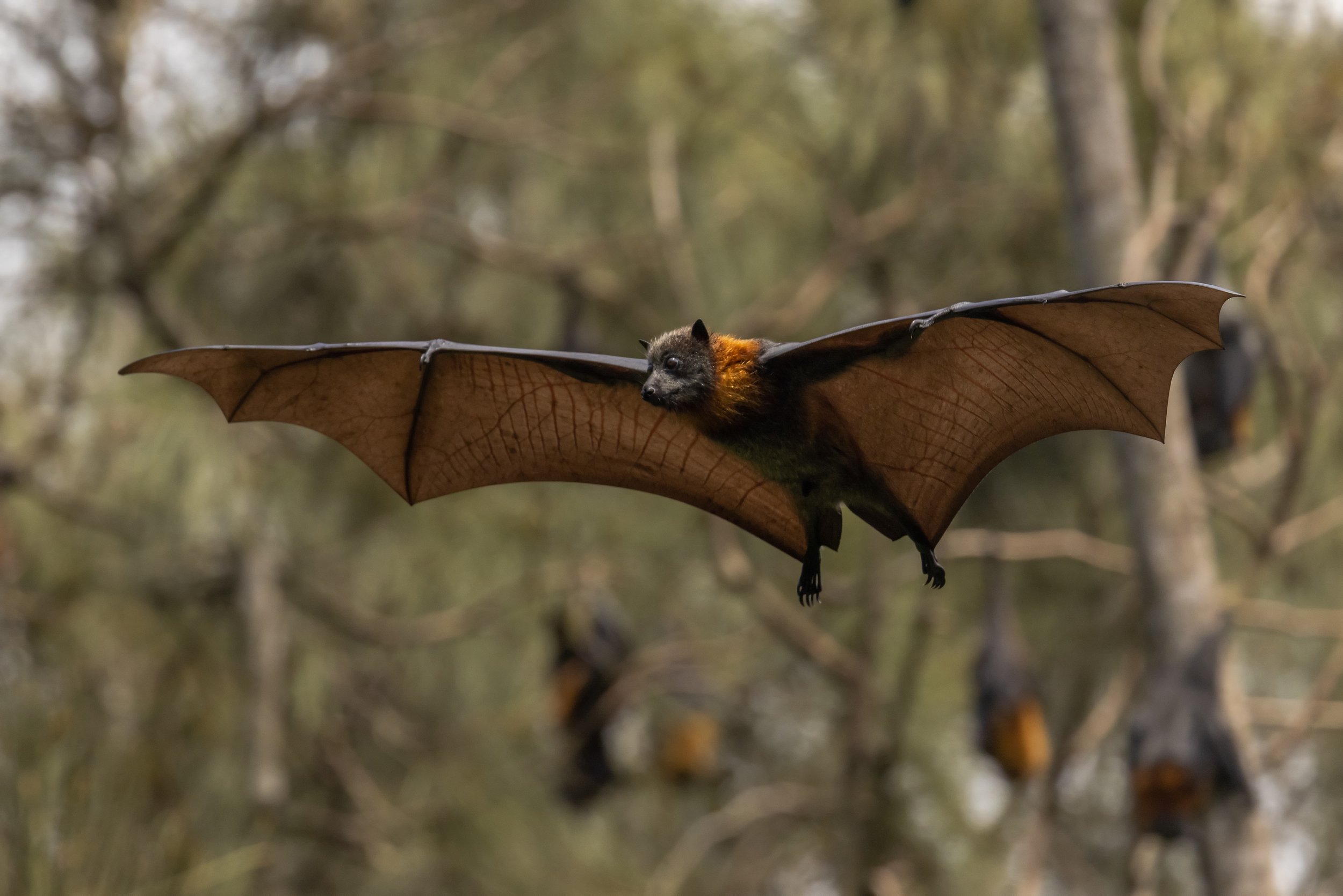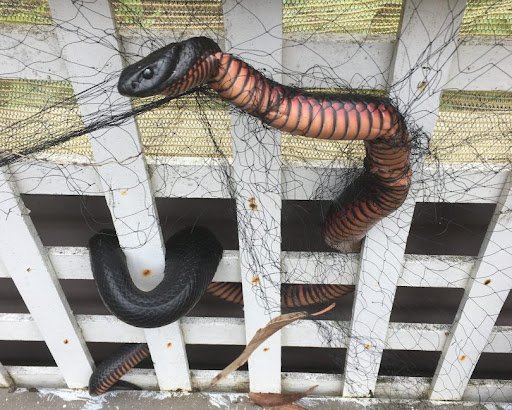
Agricultural fencing
A disaster for wild-living animals
Every year, thousands of wild animals die due to starvation, predation, and injury while trapped in fences. Those who are rescued are often euthanised due to the severity of their injuries.
Agricultural fences and netting pose a significant threat to native animals, who can easily become caught, trapped or entangled in them. Fences also disrupt the natural behaviour of some species, splinter populations and have significant ecological impacts.
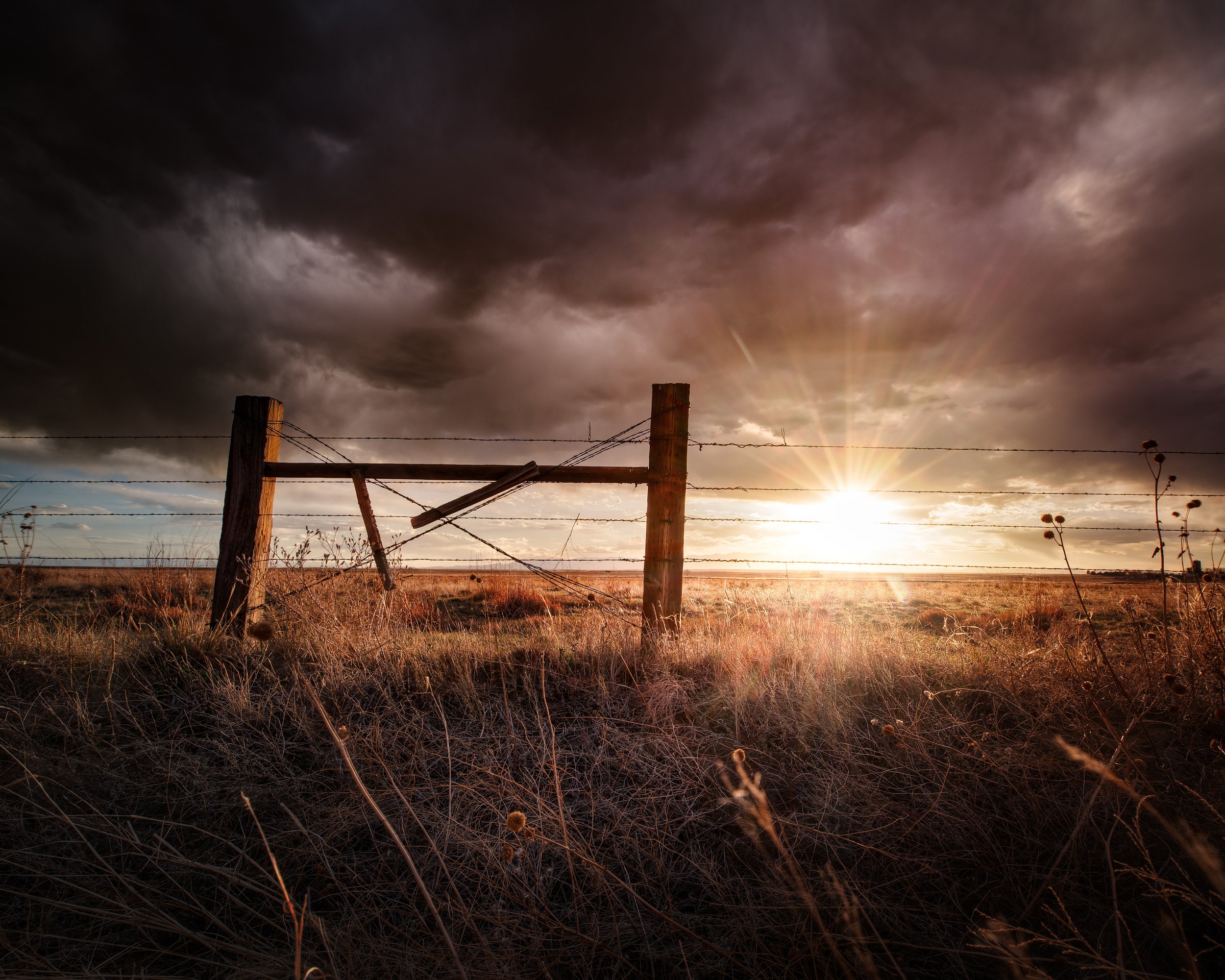
Barbed Wire Fences
Fences are one of the most common forms of human land management in the world. Estimates suggest that the total length of fencing around the globe exceeds the total length of roads 10 fold.
Barbed wire fences were first invented in 1868 to keep farmed animals contained in one area rather than roaming freely and competing for fodder (feed). Before barbed wire fencing was invented, most properties were unfenced with cattle and sheep free to forage vast areas.
The first wire fences (prior to the invention of barbed wire) consisted of a single strand of wire which was frequently broken by the weight of cattle pushing against it. The invention of double strand barbed wire or “thorny fences” made fencing stronger and the painful barbs prevented cattle from leaning on them and breaking them. Though this invention seemed revolutionary to industrialised farming, it has been devastating for indigenous animals.
-

<ahref='https://www.wildlifefriendlyfencing.com/WFF/Friendly_Fencing.html' target='_blank' style='text-decoration:underline;'> 86% of recorded wildlife entanglements occur on the top strand of barbed wire fences.</a>
Some of the species known to become caught in barbed wire fences are sugar gliders, flying foxes, and macropods (kangaroos and wallabies).
Source: Wildlife Friendly Fencing
-

Fences are a significant source of <ahref='https://digitalcommons.usu.edu/cgi/viewcontent.cgi?article=1025&context=hwi' target='_blank' style='text-decoration:underline;'> wildlife </a> and <a href='https://sci-hub.se/10.1016/j.compag.2010.10.005' target='_blank' style='text-decoration:underline;'> farmed animal</a> mortality.
More than 80 species have been recorded falling victim to barbed wire in Australia each year, causing thousands of deaths or permanent injuries, especially to nocturnal animals such as bats, gliders and owls.
-

Escapees unlikely to survive.
Even when found alive, rescuers record high rates of euthanasia for animals caught, as they often cause great trauma to their wings and other parts of their body as they struggle to escape. For example, the barking owl in the image above had to be euthanised after being rescued due to the extent of injuries they suffered during entanglement.
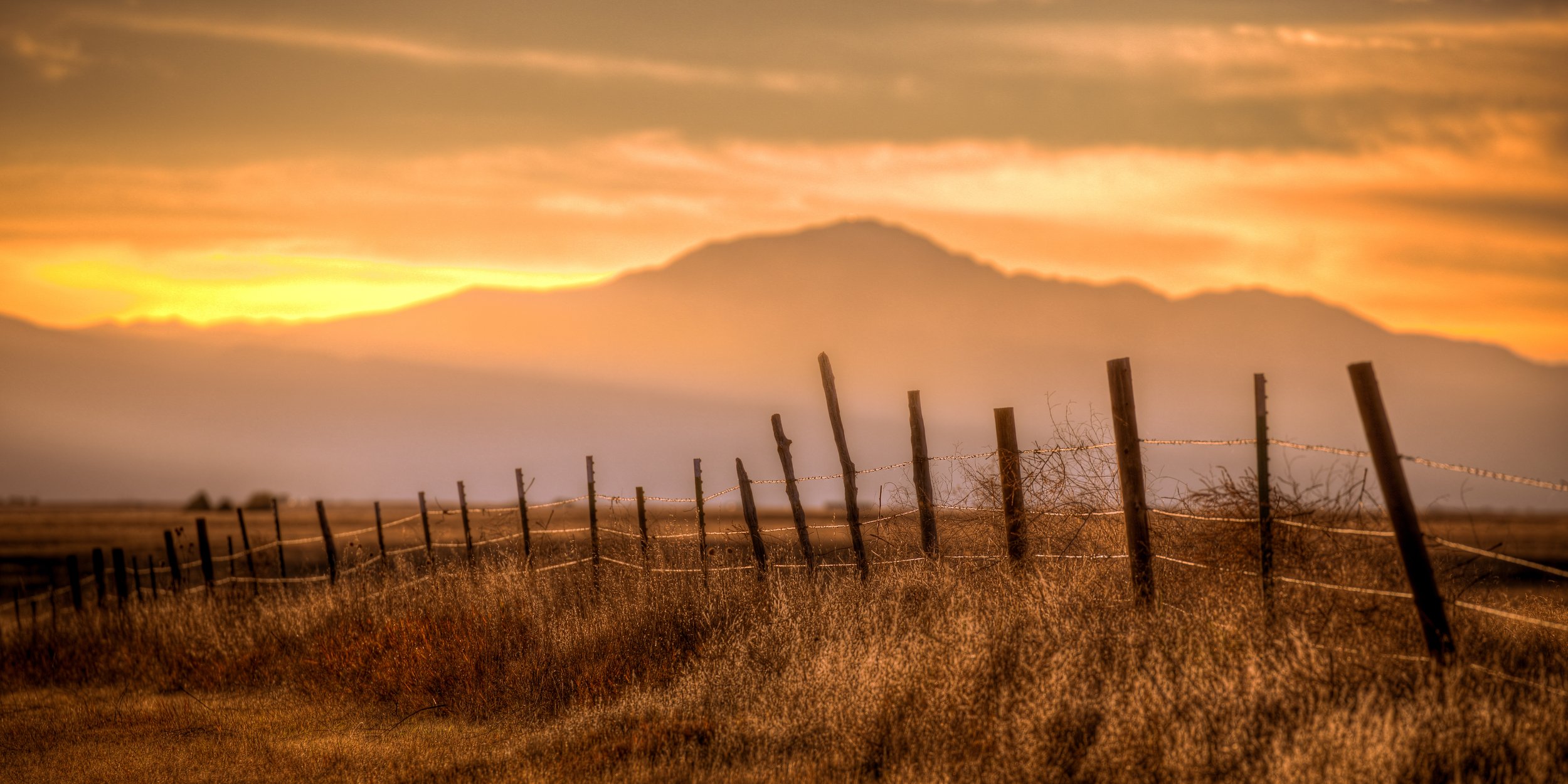
The barking owl in this image had to be euthanised after being rescued due to the extent of injuries they suffered during entanglement.
For those who manage to survive or escape, many subsequently die of exposure, starvation, infection, or predation following entanglement.
For those unable to escape, deaths in barbed wire fences are often extremely slow, terrifying and painful. With animals at risk of dying from dehydration or predation from other animals and insects.
One rescuer, Annie, said she once found “three Little Red Flying Foxes on barbed wire. Two were dead, one was clinging to life, dehydrated with green ants all over her body and face”.
The Australian Wildlife Hospital treated more than 80 different animal species found entangled in barbed wire fences between 2016 and 2019. Of the 800 individual animals treated there, half were euthanized immediately, and over half were flying foxes, 80% of which did not make it through recovery.
Our wildlife have already lost so much
Our precious wildlife are already grappling with the loss of substantial areas of viable habitat to make way for grazing animals and feed crops (grown to feed to farmed animals). In fact, between 2013 and 2018, over 90% of all land clearing in Queensland was found to be linked to beef production. Humans’ appetite for meat, wool and leather is hurting our wildlife, and whilst there are kinder solutions to these issues such as wildlife-friendly fencing, they will continue to suffer at the hands of animal agriculture through climate change, land clearing and persecution unless we change our diets.
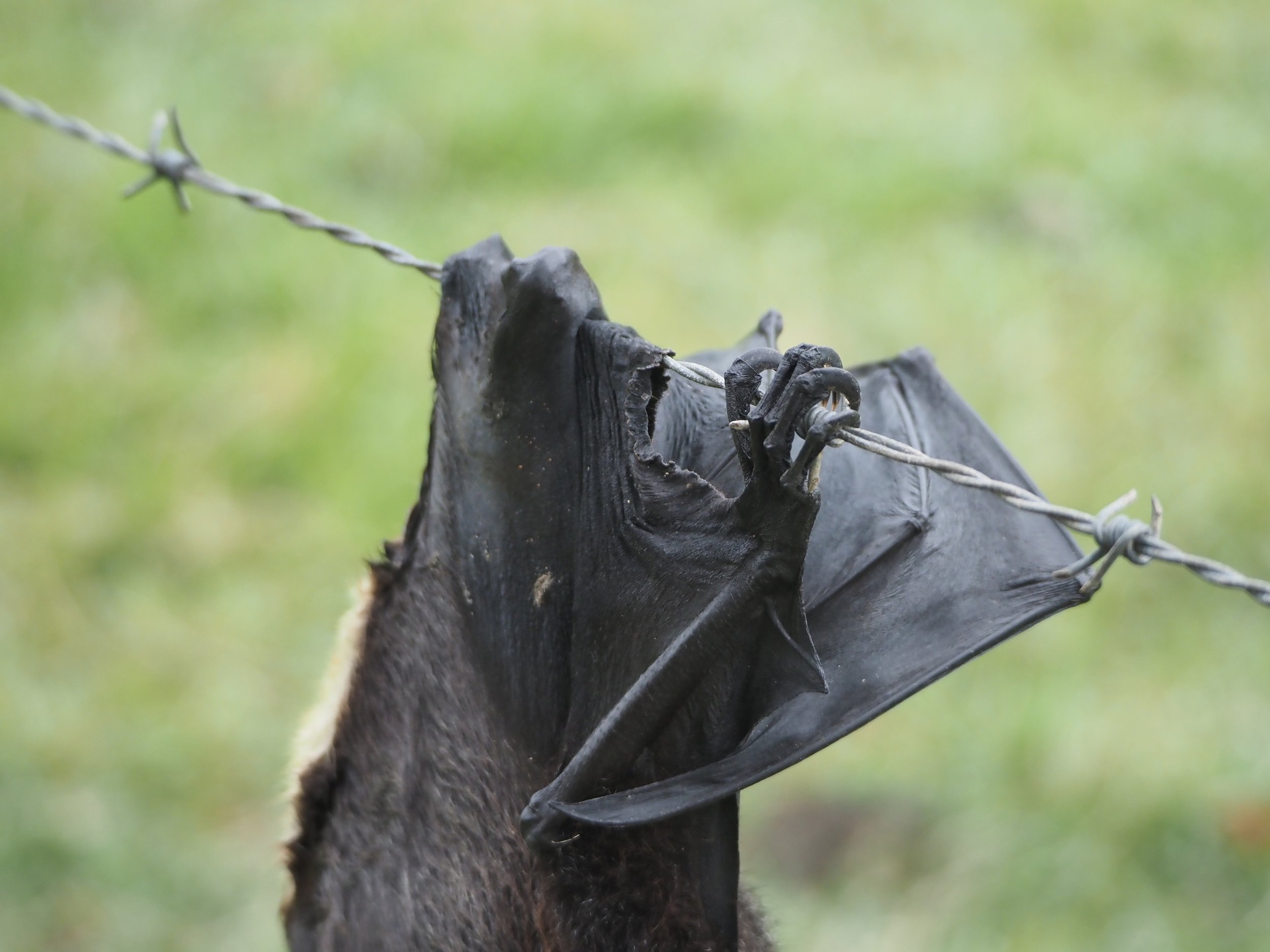
Tito’s story
Tito was a critically endangered Spectacled Flying Fox who met a tragic end when they got caught on barbed wire fence outside of Gimuy/Cairns in far north Queensland. A curious cow approached as rescuers removed their body from its entangled end. This image serves as a poignant representation of the issue at hand; valuing profits, convenience and taste over life.
Exclusionary Fencing
Exclusion fencing has become an increasingly common approach throughout the country to control movement across the landscape.
The most infamous exclusionary fence in Australia is the notorious Dingo Fence. Though it is primarily used to protect sheep from dingoes, there are a range of unintended consequences to exclusion fencing. These include significant welfare impacts for animals on the outside of the fence and wider environmental consequences.
The Dingo Fence triggered an ecological chain reaction impacting the continent’s ecology. There are notable differences in plant and animal life on either side of the fence, with the dingo side containing more grass and the kangaroo side containing more vegetation. By keeping out Australia’s apex land predator, the Dingo Fence has restructured the ecosystems on either side. This has caused serious declines in biodiversity and can even reshape the natural landscape. Such impacts are so significant that they can be seen from space. However, there are several types of exclusion fences such as cluster fencing and conservation fences.
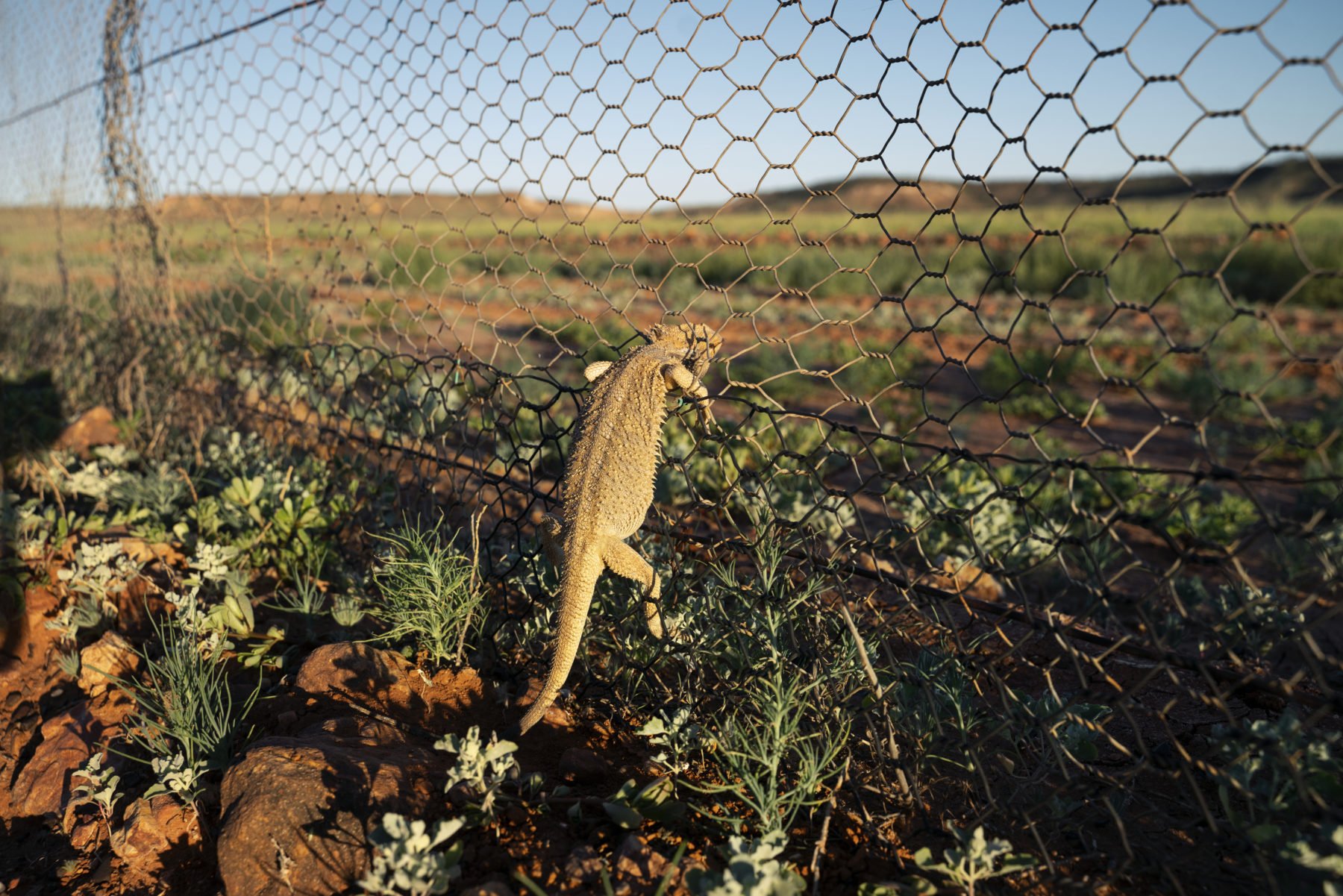
Devastating for native animals
While barrier fences have been used since ancient times to control animal movement in particular areas, cluster fences refers to the erection of multiple fences stretching across adjacent properties. Estimates suggest that these can cost up to $6,000 per kilometre, and whilst their purpose is largely to prevent dingoes from entering farming properties, their presence also causes significant problems for other native wildlife too.
Impact on Indigenous animals
Exclusionary fencing poses a significant threat to wild animals, restricting their movement and disrupting normal behaviours such as feeding, migration, breeding and social patterns.
They also cause fragment habitat, split populations, and cause genetic isolation or disease.
Despite these harmful outcomes, there are relatively few studies into the impacts of fencing on wildlife. Some, however, have found that certain species alter their natural movements up to 40% when they encounter a fence. As such, the impact of fencing on wildlife is substantial.
Fences represent a critical issue for biodiversity conservation. Though there is an obvious need to reconsider existing forms of land management through the use of fences, even better fences that are designed to restore habitat or protect threatened species can still cause fragmentation and isolation. Confining an area can protect some animals while also injuring or killing others. Similar to the impacts caused by abandoned fishing equipment, neglected fences can become “ghost fences” that continue to generate impacts on wildlife. Some species, for example, continue to behave as if a fence remains even after it is removed. This can continue for generations.
Despite the shortcomings of existing approaches, there are a range of options or alternatives that may minimise the harm caused by fences. Fences could be aligned along natural ecological boundaries, such as waterways, to minimise the impact on ecosystems. Other designs have been developed that allow animals to pass through with less injury.
Crop and backyard fruit netting
Due to continued displacement from their natural habitat due to tree clearing and extreme weather events, native animals are increasingly resorting to flowering and fruiting trees as a food source. Though other lethal methods, including electrocution, have been used to deter unwanted wildlife in the past, netting has become a popular solution to keep native animals from eating fruit. This is especially true in urban areas. Some types of netting however, can be deadly for wildlife, with backyard nets likely causing more harm to wildlife than even commercial vineyards.
Native birds, bats and even snakes can easily become entangled in bird netting, which has a mesh larger than 1cm squared.
Though some states, such as Victoria, have instituted regulations outlawing the use of older style backyard netting, and require netting to be of a certain size to minimise the risk of entanglement, other states are yet to follow their lead, and wildlife continue to face the risk of entanglement resulting in injury or death.
The use of inappropriate fruit netting is particularly problematic in domestic backyards, where members of the public are growing fruit trees. There are several wildlife-friendly solutions available to community members growing food in their yards, ones that ensure fruit trees and wildlife populations are both protected.
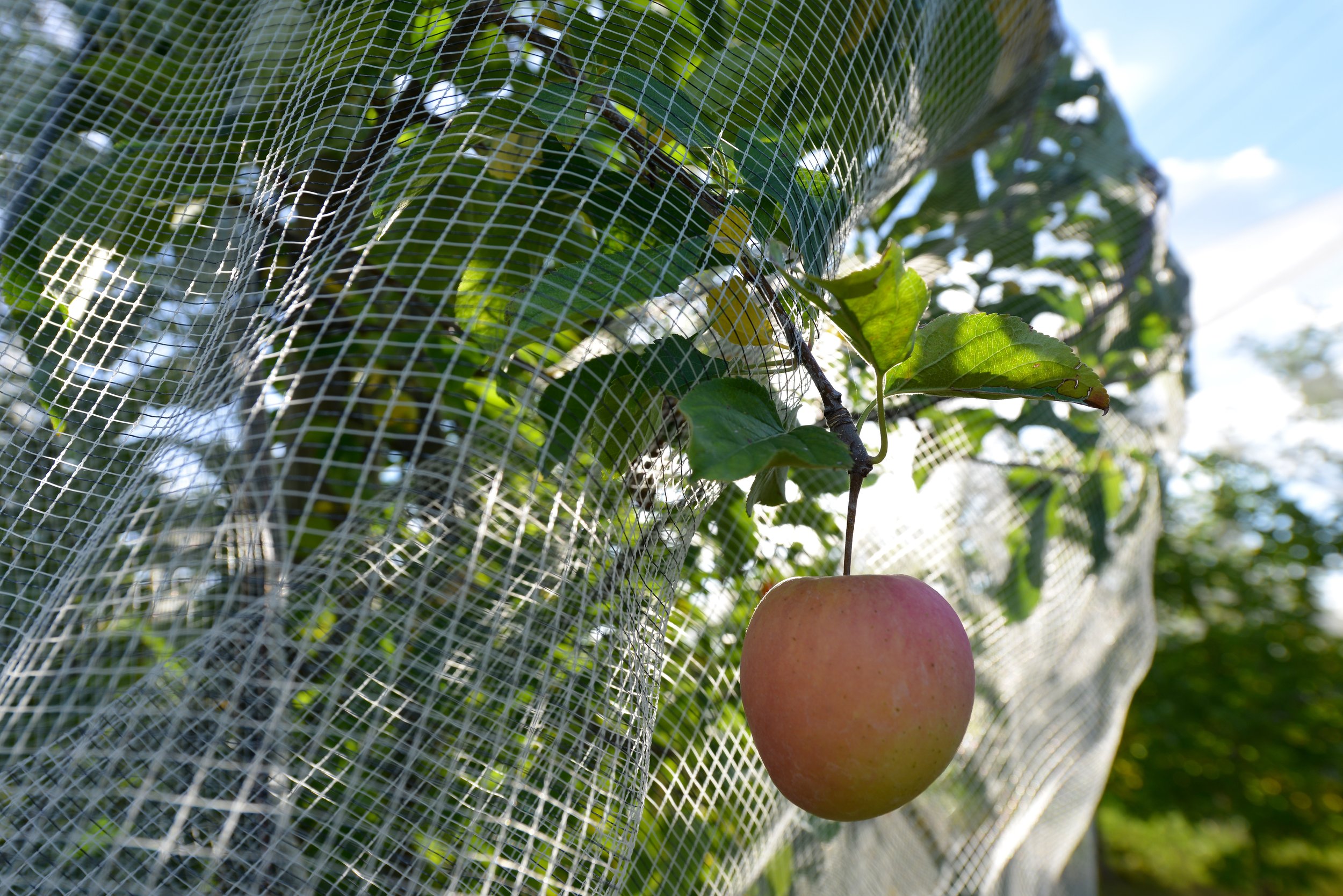
Solutions available
Though the threat of agricultural fencing and netting poses a significant risk to Australian wildlife, there are solutions available now to reduce the impact on wild living animals through the use of wildlife-friendly fencing.
Defend the Wild encourages the use of this interim solution in order to protect wildlife, but advocates for us to go further and address the root cause of wildlife suffering in this country.
Interim solutions
In order to truly protect wildlife, we must revolutionise our food and fashion systems. In the meantime, there are solutions available that can reduce the harm agricultural fencing and netting is causing to wild living animals.
Wildlife Friendly Fencing
Our precious wildlife are important, and their well-being and safety should be considered when any structures are being erected.
Agricultural fencing poses a significant threat to wildlife, but thankfully there are groups around the country who have developed fencing solutions to keep wildlife safer.
Wildlife Friendly Fencing is an initiative that aims to raise public awareness around the impacts of agricultural fencing on wildlife, and develop guidelines for more wildlife friendly practices. The group defines ‘wildlife friendly fencing’ as fencing that:
Does not entangle or harm wildlife
Allows the appropriate, free movement of wildlife across rural and urban landscapes
Or is it not fencing at all
There are numerous alternatives to current, harmful fencing that reduces detrimental impacts upon wildlife. These include plain wire fencing, split polypipe fencing, electric fencing, virtual fencing and nylon wires. Further information on these alternatives and how they work to reduce wildlife injury and mortality can be found on Wildlife Friendly Fencing’s website here.
Safer netting alternatives
As with fencing, there are safer, more wildlife-friendly alternatives available to harmful fruit netting that entangles, and kills, thousands of native animals each year. The test for whether or not wildlife will become tangled in netting is if your finger can pass through their holes, often referred to as the ‘finger test’. If they cannot, wildlife should not be able to become entangled in these nets.
Wildlife Friendly Fencing outline the two ways to protect backyard fruit trees from animals:
Protecting the whole tree: Wildlife Friendly Fencing only recommends Fruit Saver nets, Hail Guard, or Vege Net, all nets that pass the ‘finger test’.
Protect individual fruit. Search online for ‘fruit netting bags’, look for Green Harvest and Native shop. Protecting individual fruit can allow food to be shared with Wildlife too.
State funding schemes are available
In some states, there are grant funding schemes for commercial orchards who want to net their crops properly with permanent enclosures.
In Victoria, for example, the Horticultural Netting Grants for the Victorian Apple and Pear Industry has $4 million dollars to provide “apple and pear producers for the purchase and installation of new netting over established apple and pear orchards.” This presents a great opportunity for producers to install wildlife-conscious netting on their properties.
Sharing trees with hungry wildlife
Lastly, the best solution is to share our natural resources with hungry wildlife, who have continued to lose more and more viable habitats due to unsustainable colonial expansion.
We can live in a world that works with nature, sharing resources and protecting the natural world, rather than using it as a commodity to be exploited.
In order to truly live in a better world for wildlife, we need to redefine our relationship with the wild.
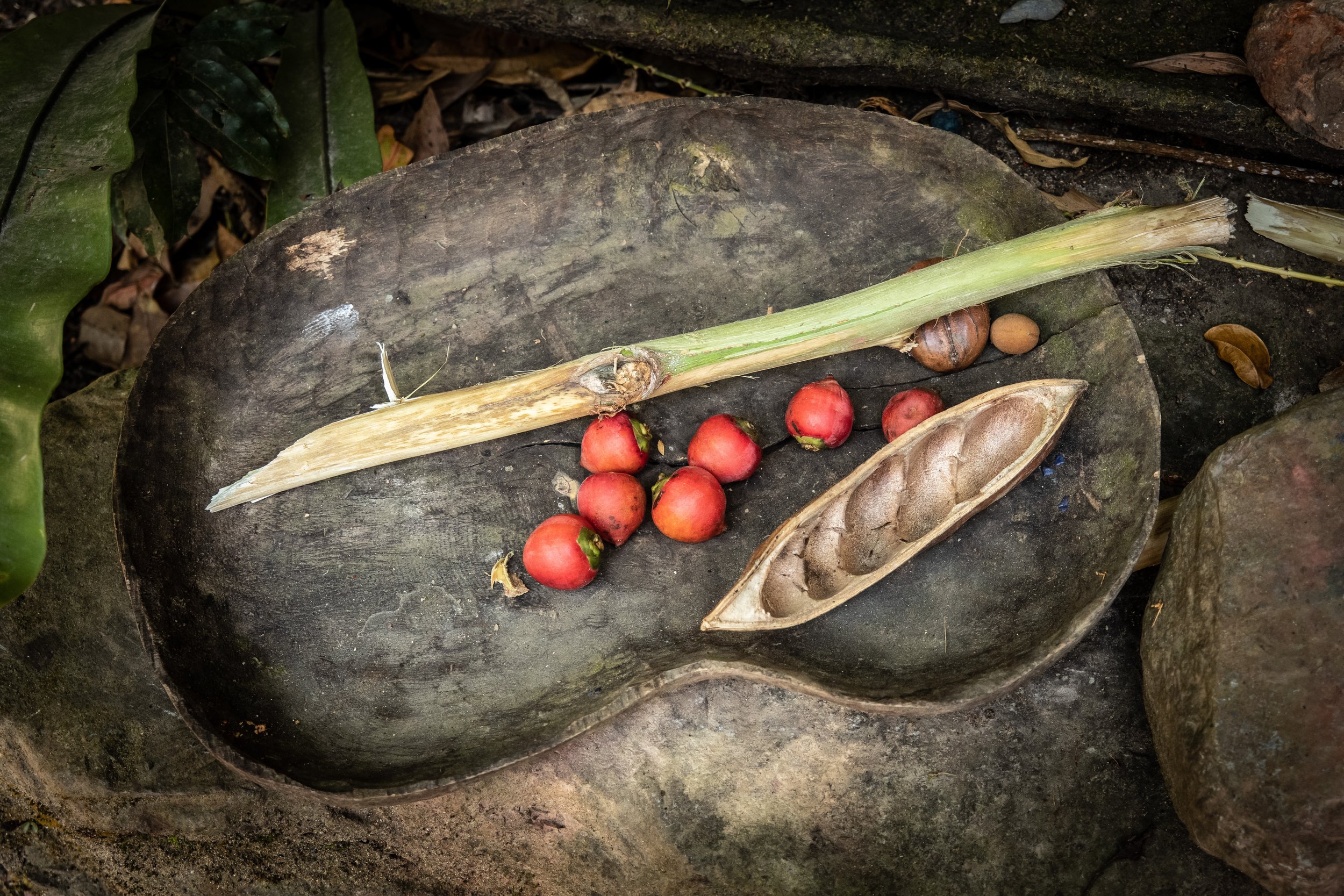
Long term solutions
Though the erection of wildlife-friendly fencing or netting can act to immediately reduce the impact agricultural fencing has on wildlife, there are a plethora of other threats the Animal Industrial Complex poses to wildlife, which desperately need to be addressed.
Our current farming system is resource-intensive, drives the lethal control of native species, demands the destruction of vital habitats, and contributes significantly to the climate crisis. In order to truly protect the living world, we need to begin planning (and investing) toward a just transition from animal-based farming to plant-based and Indigenous-led permaculture practices.
Despite being a complex endeavor, a transition out of animal-based farming would free up vast amounts to be returned to nature through rewilding projects and reduce the detrimental impacts farmed animals have on the Australian landscape.
Make the pledge to be a Wildlife Defender today!
Each of us have incredible power to create meaningful change - let’s use it. You can play an important role in the protection of Australia’s unique wildlife. Take the pledge to become a Wildlife Defender today and join a growing community of people defending the wild.
